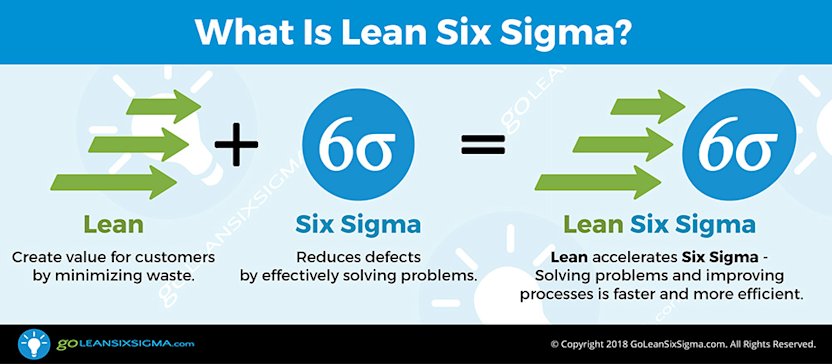
How to Use Process Mining Technology to Simplify Lean Six Sigma Projects and Clean up Business Processes
Progress requires ideas. We live in a time when conditions are constantly changing. What was profitable yesterday can change today.
Companies must constantly ask: Which processes enhance value? Which are necessary? Which are avoidable? What distinguishes the good from the best? In a climate of growing competitive pressure, inefficiencies are hardly forgivable.
The strength of Lean Six Sigma

One tried-and-true tool is the Lean Six Sigma method. It can reduce throughput times, reduce delivery times and reduce costs. A newer solution is process mining technology. By looking at corporate structures and value chains through the lens of digital processes, you can gain knowledge and competitive advantages—completely automatically.
The customer's view is the sole yardstick by which success is measured. To that end, the Lean Six Sigma process focuses on those value-enhancing processes. This can be production overall or as specific as waiting times in the production.
Another goal is sustainability. The Lean Six Sigma approach works to prevent strong deviations and reduce defects or deficiencies to a minimum. In other words, Lean Six Sigma relies on company resources to operate optimally and coordinate perfectly with each other.
The powerful pairing of Lean Six Sigma with process mining
Those who do not master the processes in the company do not dominate the whole company. Edward Deming
The Lean Six Sigma method is not based on hypotheses. It is factual, data-driven and based on specific key figures. Although digitization leaves numerous traces, it is sometimes questionable how best to access them. Process mining technology is the solution to aid the easy implementation of Lean Six Sigma projects.
But what exactly is process mining? Using an algorithm, the technology reconstructs and analyzes business processes on the basis of their digital traces in various IT systems, not only with respect to certain KPIs. The individual steps are joined together so the processes can be visualized in their entirety. Without encumbering too many company resources, process mining enables “data tracing.”
Lean Six Sigma, DMAIC and process mining
According to a study by the DGQ, process management is 88% cost optimization, 85% efficiency increases and 67% flexibility. In the beginning there may be a cost or quality relevant problem. To address this, Lean Six Sigma relies on the DMAIC cycle.
1. Define
In the first step, you clarify the problem, define the project, quantify targets and identify customer requirements. It’s also important to explain the current state of the process.
Through process mining you can display the actual process flow, including essential KPIs.
2. Measure
With process mining data can be easily evaluated. Need to know where customer requirements are not being met? Using numbers from the process output, you can collect and illustrate the problems and issues.
Process mining means it’s no longer necessary to restrict the examination to one area—for example, the number of defective products or process interruptions. Instead, it makes it possible to make a holistic examination of your processes.
3. Analyze
In the third step, problems are analyzed for their causes. Why are there vulnerabilities? What faults are responsible?
The strength of process mining lies in discovering where problems occur in the process and why they occur. With just a few clicks, your results will yield facts that can be used for decision-making and concrete action options.
4. Improve
How can you improve the value stream and achieve your desired just-in-time production? Your optimal path is the "One Piece Flow". The product migrates from one step to the next without waste or inventory. Once a solution has been identified, it is planned and implemented.
The new target process can be stored as a diagram in the process mining software. Machine learning capabilities allow process mining software to proactively identify problems that may differ from the actual planned processes.
5. Control
The Lean Six Sigma philosophy is based on sustainability. The new process must continue to be controlled and monitored to measure the actual process improvement. On the one hand, structured documentation of all the changes made will help with reviewing process performance.
On the other hand, the process manager using process mining technology will have maximum transparency about the working processes, and in real time. This means you can control your processes at any time after the project has been completed and quickly intervene if needed.
Make any process better, faster and more productive
The combination of Lean Six Sigma and process mining technology is universally applicable. Every process holds the potential to help you gain a knowledge advantage over your competitors.
And saving time, improving quality assurance and increasing agility mean not only a reduction in costs but an improvement in sales through an increase in customer satisfaction.



